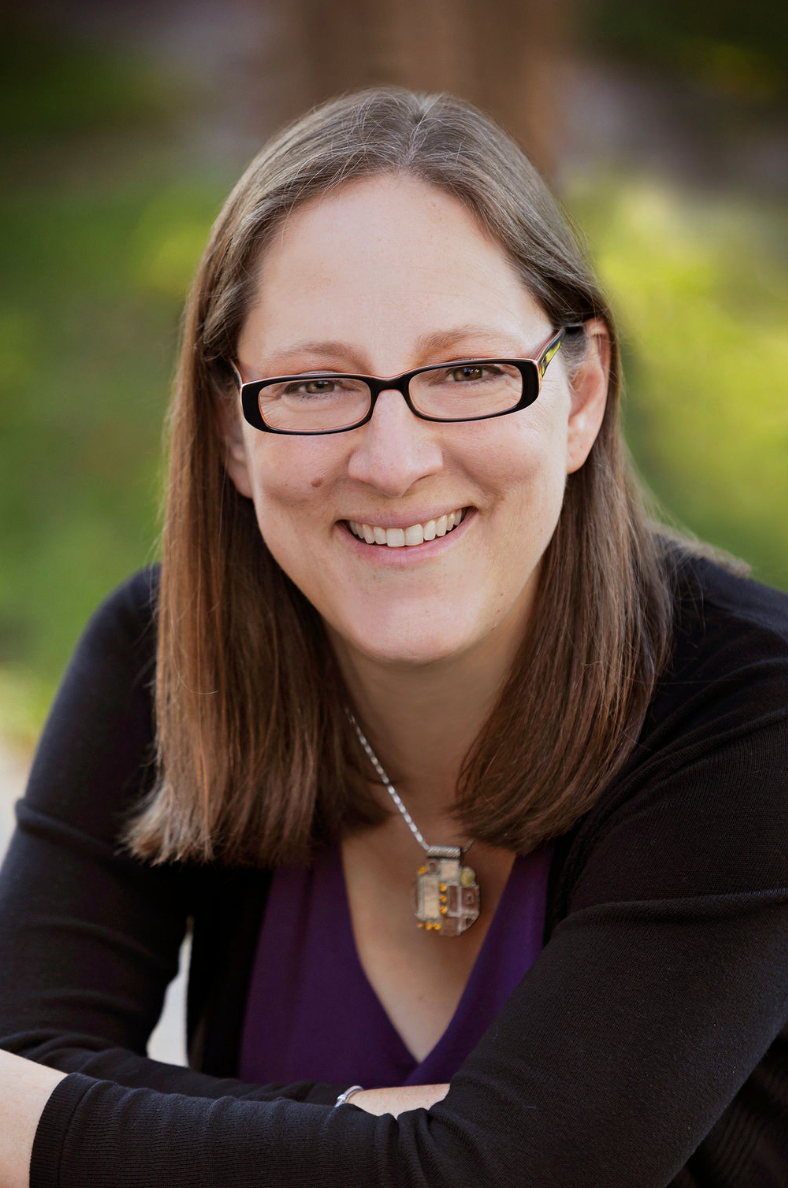What if we prescribed well-being?
World Social Prescribing Day on March 19 provides an ideal opportunity to rethink traditional approaches to healthcare. In community settings, innovative social prescribing programs exist to better meet people’s needs.

Links2WellBeing, a regional social prescribing program
In October 2023, three Ottawa-area Seniors Active Living Centres joined forces to launch Links2WellBeing or Des liens pour le bien-être in French, a social prescribing program designed to help Francophone seniors combat loneliness and social isolation. The program’s partners are Montfort Renaissance, the Centre Pauline-Charron and the Rendez-vous des aînés francophones d’Ottawa (RAFO).
What is social prescribing?
La Social prescribing mimics the model of a medical prescription, but instead of prescribing treatment or medication, health professionals refer their patients to local non-medical services to improve their well-being through social activities. It is therefore a complement to traditional medical care.
Social prescribing addresses the social determinants of health such as isolation, food insecurity or housing problems through tailored resources, for example, exercise groups, art classes, group meals, dancing or group walks in the forest.
According to the World Health Organization (WHO), the impact of social isolation on mortality is comparable to that of other risk factors such as smoking, obesity and physical inactivity.
How does social prescribing work?
Social prescribing is based on partnerships and a deep understanding of people and their environment by various stakeholders. Its success lies in the synergy between healthcare professionals and community organizations.
It is a model that helps bridge the gap between healthcare, social services and the community. When a healthcare provider identifies a patient’s need, they issue a prescription (the social prescription) and refers the patient to one of the community partners. The patient is then responsible for reporting to the centre or contacting the centre’s liaison officer.
The role of Seniors Active Living Centres
Seniors Active Living Centres are bursting with social activities designed by and for older adults. The social prescription can serve as a gateway to these centres for seniors who have not been exposed to them. The three partners agree that most people who receive a social prescription suffer from isolation and boredom. Some have lost a loved one, experienced changes due to illness, or feel disconnected.
The Older Adult Centres’ Association of Ontario (OACAO) provides annual financial support to the program partners, enabling them to cover the costs of certain activities for seniors who have financial barriers.The Older Adult Centres’ Association of Ontario (OACAO) provides annual financial support to the program partners, enabling them to cover the costs of certain activities for seniors who have financial barriers.

“What a great concept! At Montfort Renaissance, we offer the program through the Seniors Active Living Centre provided at the Centre de services Guigues. It was relatively easy to establish partnerships because we offer community support services, and our employees are already in contact with physicians and other health professionals. We have around ten doctors who use social prescribing. We even sometimes receive some prescriptions through the Caredove system. When we see a client, the important thing is to build a plan that respects their preferences. The needs are great, and eventually the program could be extended to some of our other services,” explains Monique Thibodeau-Laflamme, Director of Seniors’ Services.
Since the launch of the Links2WellBeing program, staff and volunteers at the three Seniors Active Living Centres have created and distributed information kits on social prescribing to family medicine clinics and other health professionals’ offices in their neighbourhoods. The kits include information on active living centre programming and even pads of paper that mimic a prescription to give to patients.
The centres have also developed a structured way of welcoming and maintaining links with people who arrive with a prescription, using a registration form and conducting follow-ups after six months, one year and two years.
“Helping older people improve their well-being and their mental and physical health, and supporting initiatives that enable them to build social connections, is part of our mission, and social prescribing fits in perfectly within it. When we see someone, we show them the whole programme to see what they’d like to do or try. The activities are varied and there’s something for everyone,” says Lise Paquette, Program Liaison Officer at the Centre Pauline-Charron.

“It’s a program with a lot of potential. The OACAO’s small grant enables us to help people with financial barriers to participate in activities they are interested in and enjoy. At $35 a year, our membership is affordable for most people, but some can’t afford to pay $4 per activity or even for transportation to get to free activities. In an ideal world, and since this is in fact health prevention that costs a lot less than visits to the doctor, we’d have the funds for a coordination position to look after social prescribing,” concludes Chantal Nadeau, Executive Director and Program Liaison Officer at RAFO.

To find out more about “Links2WellBeing”, visit the RAFO website (in French).
Why social prescribing is essential for Archipel’s partners
Social prescribing is a winning model for the Ontario Health Team partners. It promotes a holistic approach to health that considers the social determinants of health. This model helps to meet the specific needs of patients, while strengthening community links and social engagement.
Social prescribing represents a unique opportunity to reduce health inequalities and positively impact the lives of those who need it most. By working together to integrate this approach into our services, we can build a more inclusive, compassionate and effective healthcare system.





